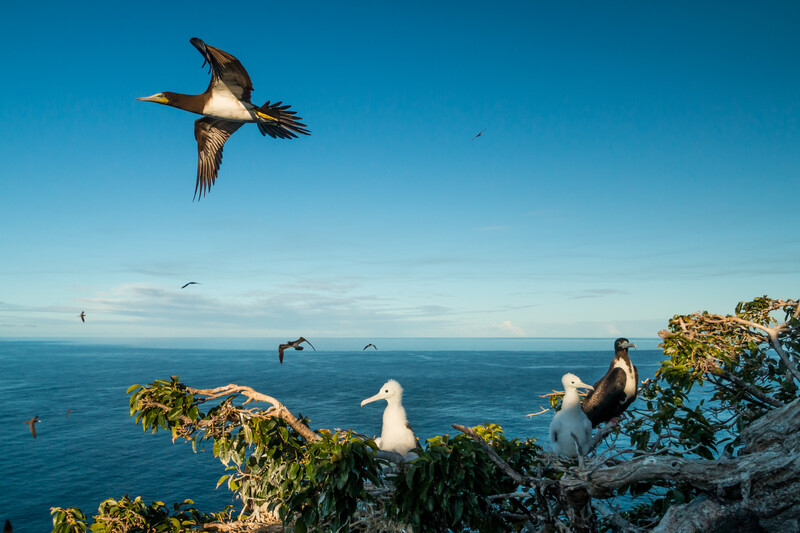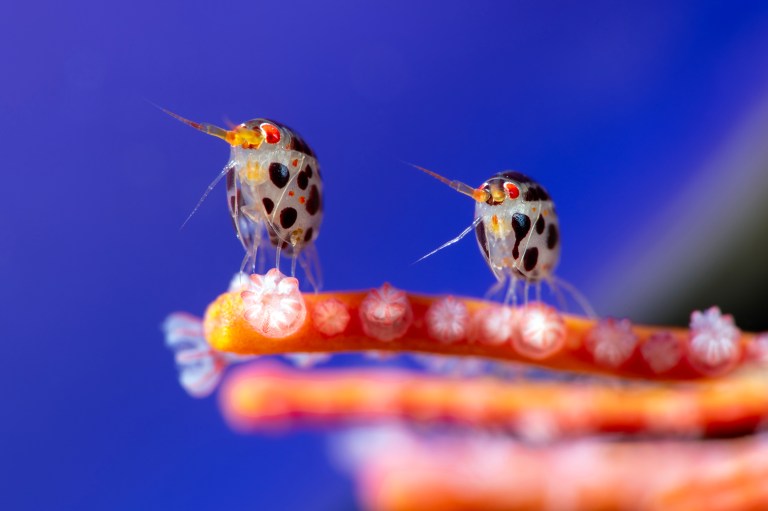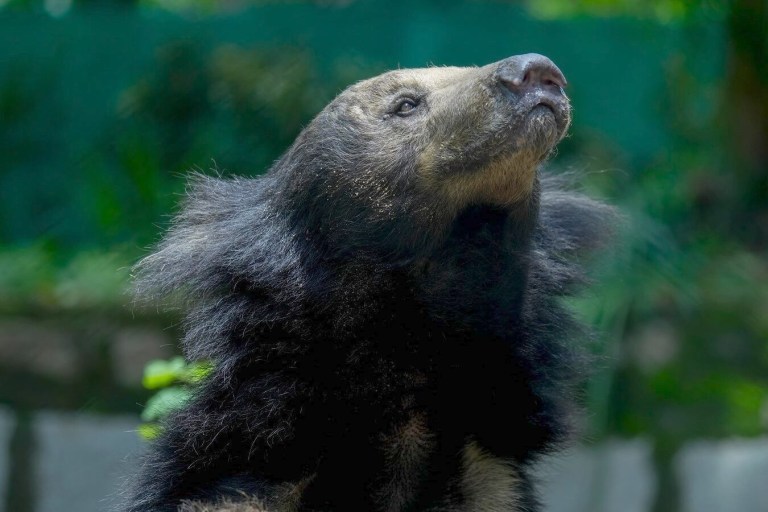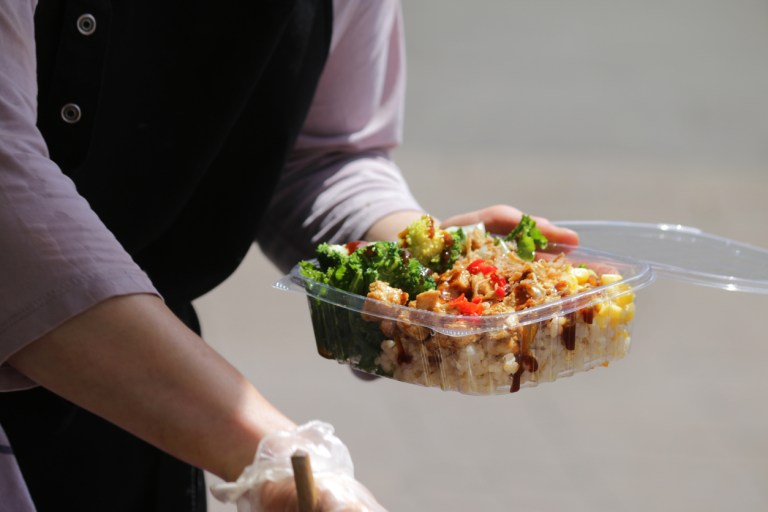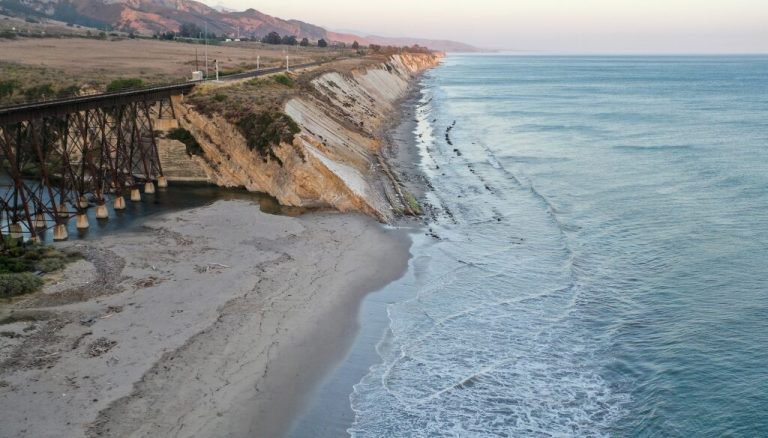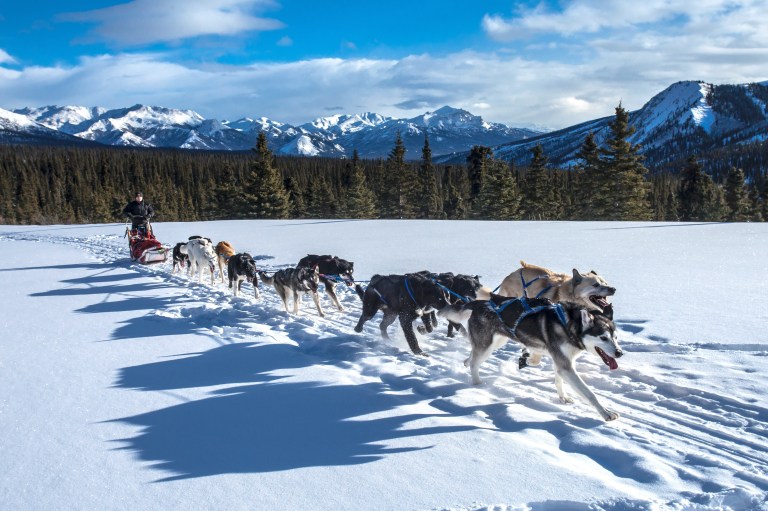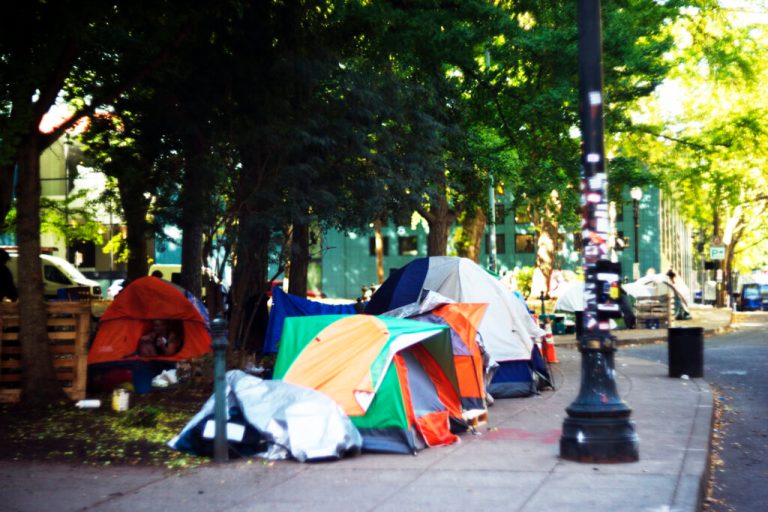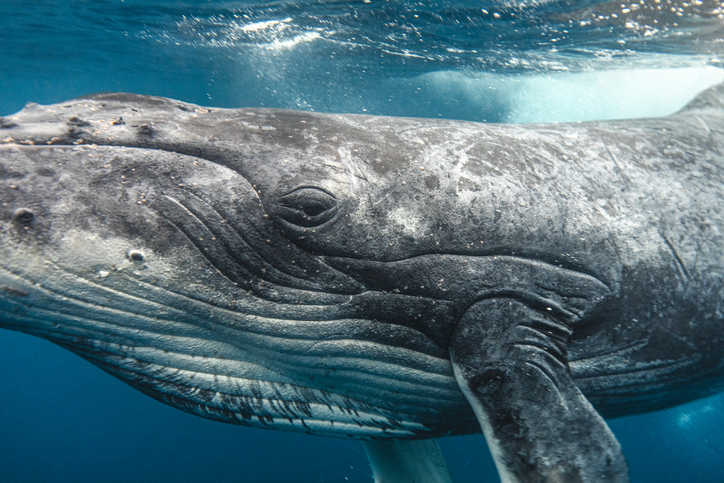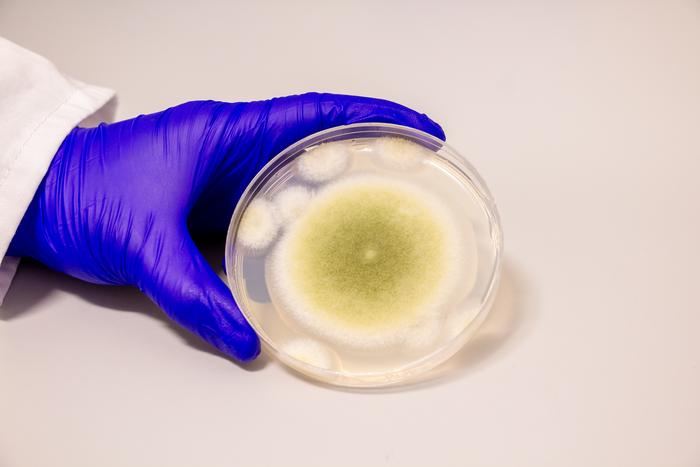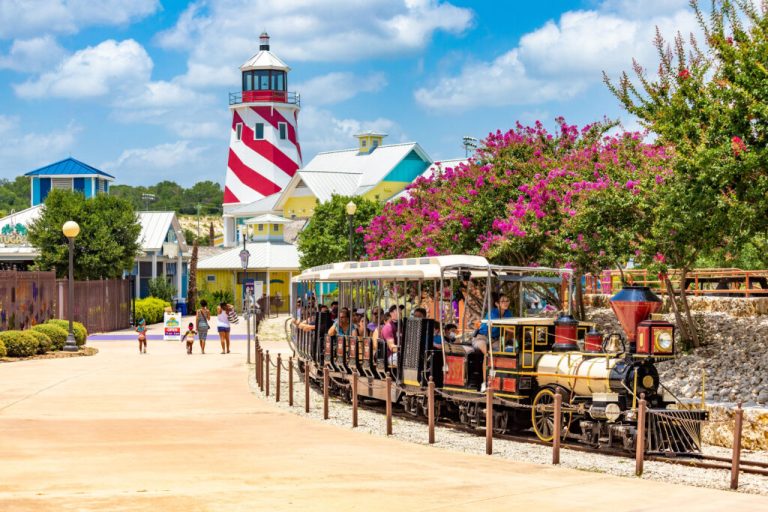Redonda was once an uninhabited, wild isle — a haven for seabirds and other wildlife. But humans descended upon the Caribbean island in the 19th century to mine for guano, bird excrement used for gunpowder and fertilizer, and brought with them non-native animals like goats and rats.
The humans eventually left, but the invasive species stayed and destroyed Redonda, leaving it barren and completely overrun by rodents. In 2016, conservationists decided to change that and restore the tiny island, now belonging to Antigua and Barbuda, to its former glory.
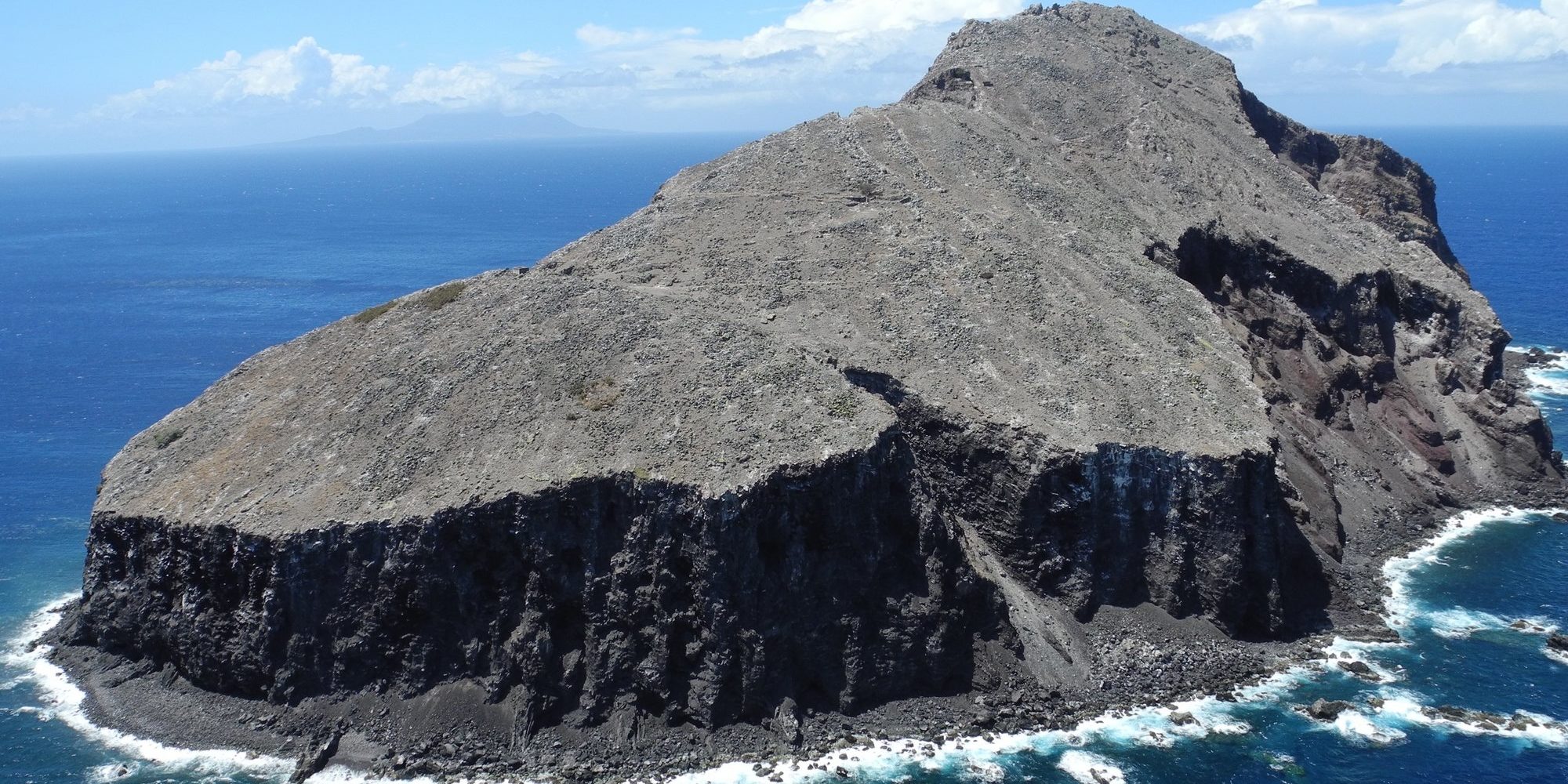
(Redonda before)
“We just removed the species that were not supposed to be there and within months we saw the vegetation growing back — the island rebounding,” Johnella Bradshaw, with the Environmental Awareness Group, or EAG, told CNN. “Up to this date, we haven’t planted anything, we haven’t reintroduced any species. We just removed the rats and the goats, and the island transformed right in front of our eyes.”
And that transformation has paid off: Redonda and the waters surrounding it were recently officially designated as a protected area. The Redonda Ecosystem Reserve spans around 75,000 acres of land and sea, including a nearly 70–square-mile coral reef.
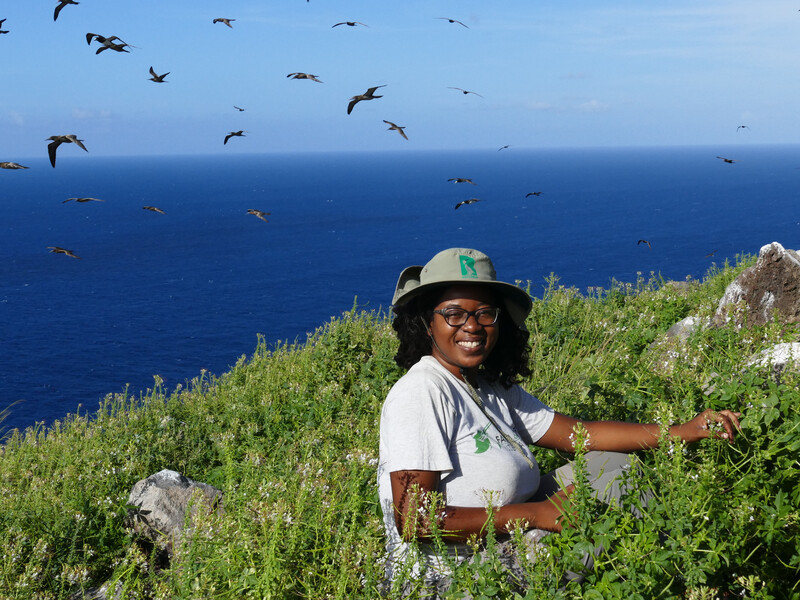
Today, thousands of native trees are now taking root on the island and seabirds are returning to nest in greater numbers. The area is believed to contain at least 30 globally threatened and near-threatened species, per a news release from Re:wild, one of the organizations involved with the restoration.
“We’re getting vegetation, we’re getting fig trees. So, the birds are coming, they’re eating and they’re pooping seeds. So, we’re seeing different trees coming up, and that’s inviting more birds to come,” Bradshaw explained to CNN.
Hopefully, Redonda’s transformation will positively impact the region as a whole. Caribbean islands are often thought of as paradises, but despite covering only .15% of Earth’s surface, they account for 10% of recorded bird extinctions, 40% of mammal extinctions, and more than 60% of reptile extinctions. And invasive species are one of the main culprits in those disheartening statistics.
“[Caribbean islands] are biodiversity hotspots, but they’re also the epicenter and the focal points of most extinctions of species in the world,” Bradshaw told CNN. “We couldn’t let that happen to our Redonda.”


Per Fauna & Flora, another group involved in the rewilding, steps are being taken to ensure that Redonda continues to thrive following the successful transformation. They include implementing biosecurity measures to minimize the risk of re-invasions, monitoring the wildlife on and around the island, promoting sustainable fishing practices, and facilitating the reintroduction of native species that couldn’t make their way back to the island on their own, like iguanas and burrowing owls.

Local residents who once referred to the island as “the rock” are as ecstatic about the revival as the environmentalists working on the project, according to Shanna Challenger, a conservation biologist and program coordinator for the EAG.
“Our little sister island that many people never see has been able to invoke such national pride,” she shared with the BBC. “To me as an Antiguan and Barbudan, this work has been monumental. We are forever written into the fabric of Redonda’s history; I’m so proud to have been instrumental in this and can’t wait to see what Redonda’s legacy will be moving forward.”
